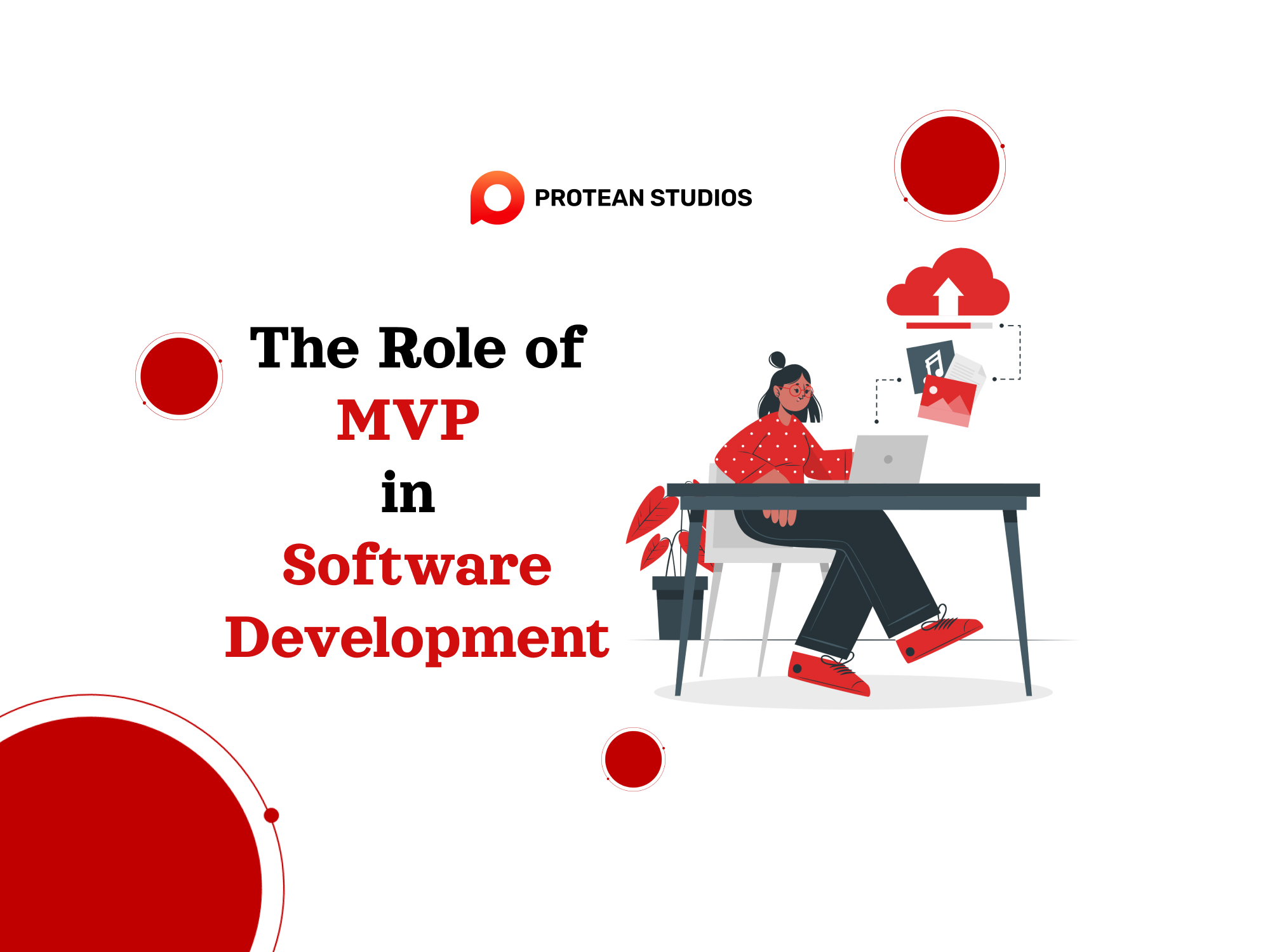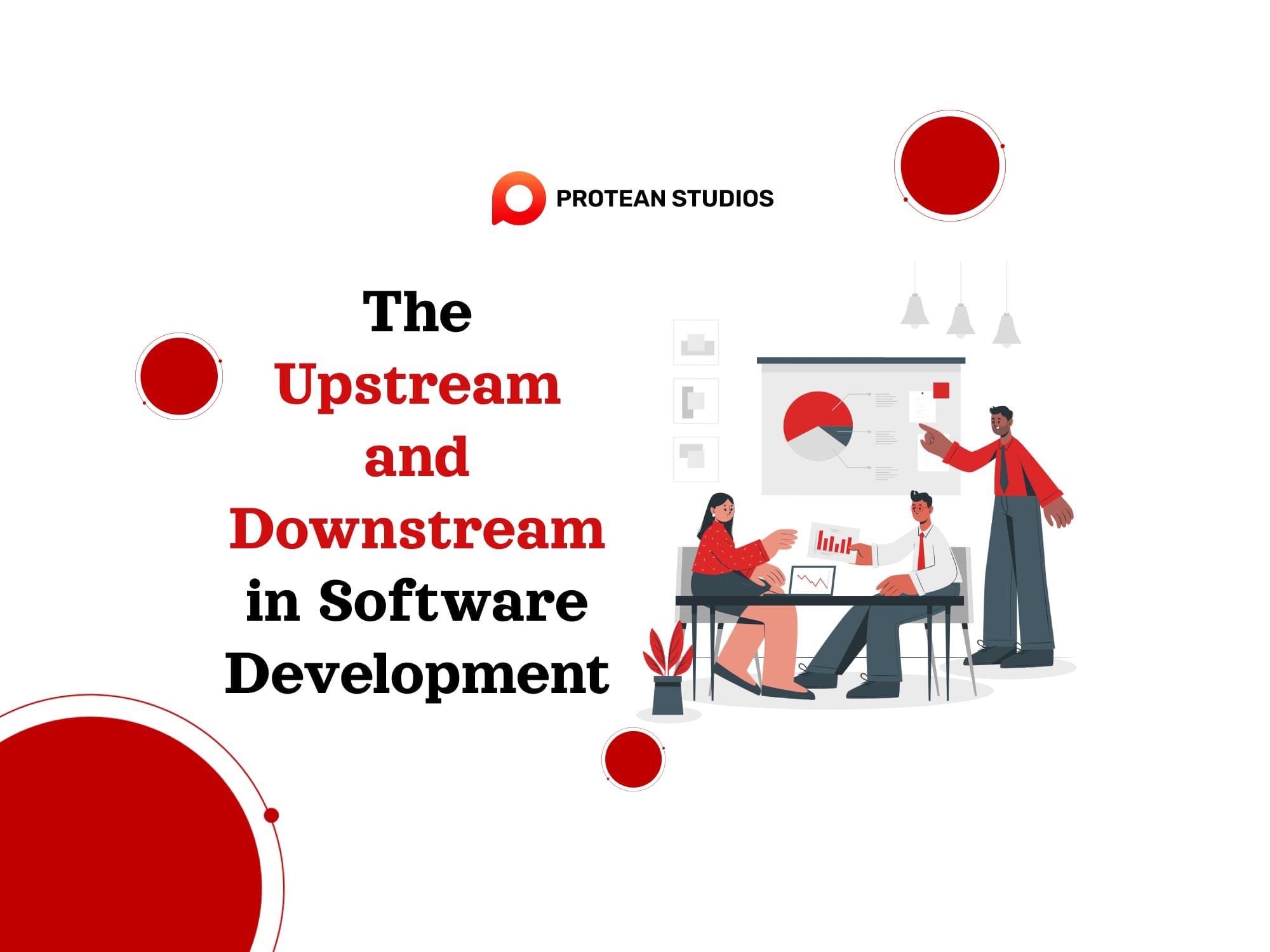In the ever-evolving landscape of technology, software development plays an important role. So, software continues to develop every aspect of our lives, from smartphones and web applications to autonomous vehicles and smart home devices. Therefore, a deep comprehension of software application development has become essential for both tech enthusiasts and the uninitiated.
In the article, Protean Studios will share some foundational knowledge about this field. You can explore the definition, procedures, and types of software development in more detail.
I. What is software development?
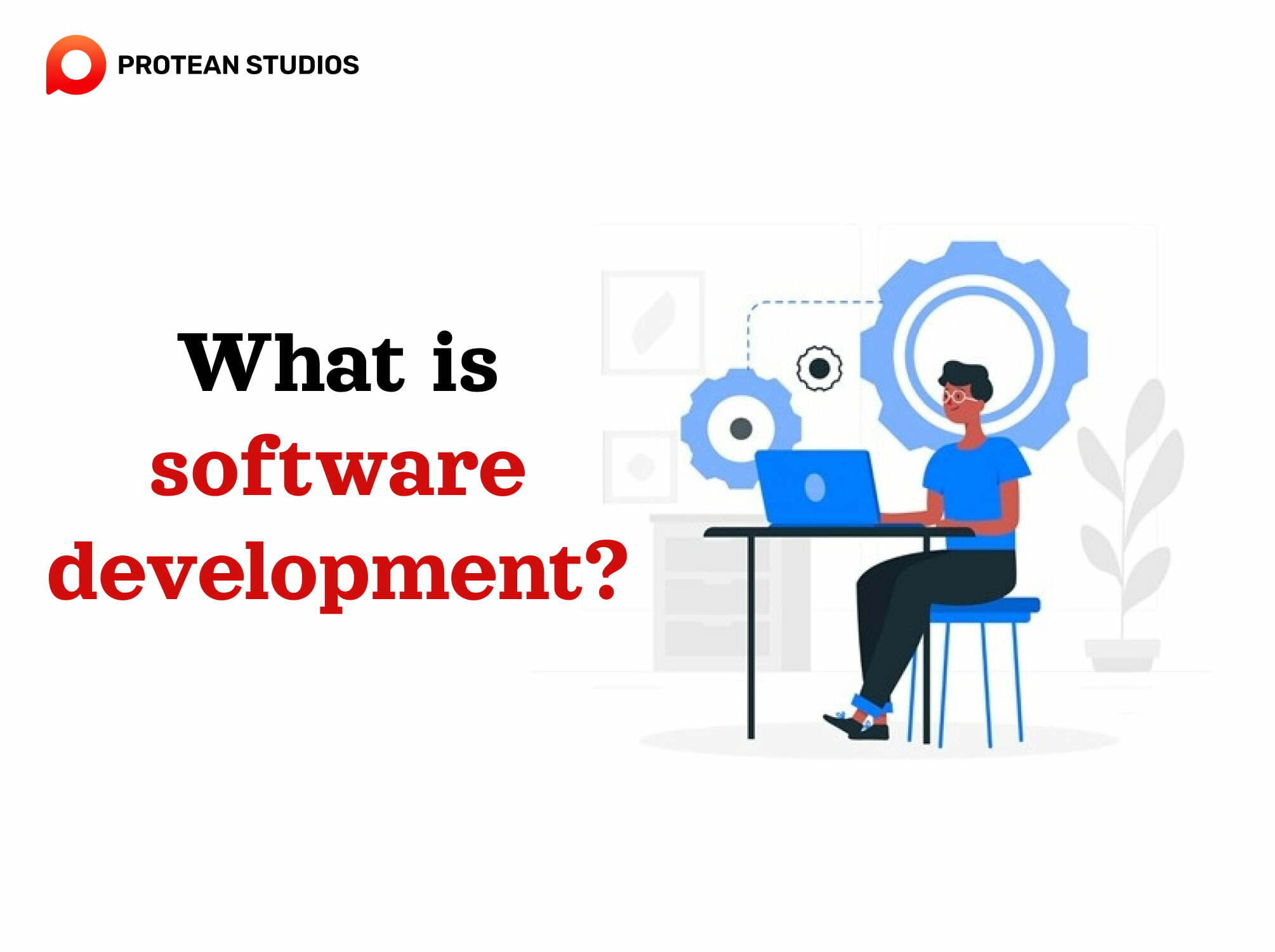
Software development is the process of creating, designing, testing, and maintaining software applications that meet the needs and requirements of users and clients. This work involves various activities, such as programming, debugging, documentation, deployment, and maintenance.
Besides, this is the method programmers use to create computer programs, known as the Software Development Life Cycle (SDLC). This cycle encompasses various phases, serving as a structured approach to product development.
II. Why is software development essential in life?
Software development is vital because it shapes the modern world. It empowers individuals and organizations to work smarter, connect globally, and drive progress in every industry. In particular, it’s important for some reasons below.
Innovation drives technological advancements by creating new applications and tools that improve various aspects of our lives.
Efficiency: Software automates tasks and processes, it makes these effective in various industries. Businesses can streamline their operations, reduce errors, and save time and resources through custom software solutions.
Global Connectivity: Software development has revolutionized communication and connectivity. It enables people worldwide to interact, share information, and collaborate without geographical gaps.
Flexibility: Developers will design software solutions to meet specific needs. This flexibility allows organizations and individuals to create tools that fit their unique requirements. Thus, optimizing productivity and performance
Automation: Software development plays a significant role in automating repetitive tasks from manufacturing to customer service. This not only increases proficiency but also decreases the need for manual labor.
III. Some main types of software development
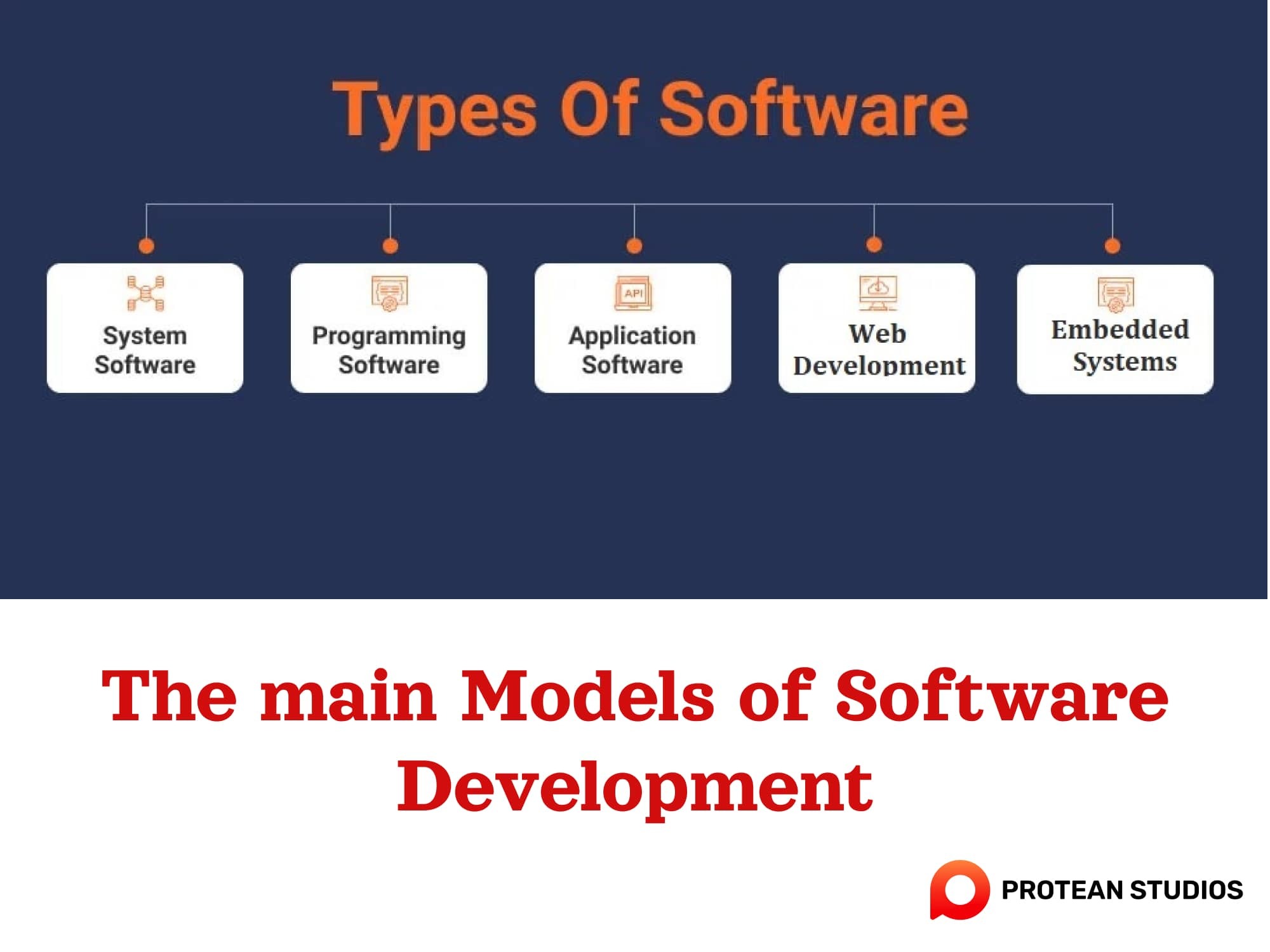
There are many types of software development, like application, system software, web, embedded systems, etc.
1. Application development
Application software refers to the programs that people use to do various tasks on their devices. It includes word processors, web browsers, media players, photo editing tools, anti-virus products, and software-as-a-service (SAS) products.
2. Systems development
These are the programs that support the operation and maintenance of a device and its application software. They include drivers, utilities, firmware, and middleware. Examples of system software are device drivers, antivirus programs, BIOS, and Java.
3. Programming development
This is a process by which developers can create, test, debug, and change other software. They include programming languages, compilers, interpreters, editors, and IDEs. For example, Python, C++, Visual Studio Code, and Eclipse.
Read more: Top 10+ latest software development trends in 2023
4. Web development
Web development involves the crafting of websites and web applications designed to operate on the internet. Web developers use various technologies and languages, such as HTML, CSS, JavaScript, PHP, Python, Ruby, and more.
Front-end and back-end development are two kinds of web development. The front-end is what deals with the user interface and interaction. The backend handles the data processing as well as the logic behind the scenes.
5. Embedded systems development
This software model is the field of engineering that focuses on designing and programming devices that have a specific function and are embedded in larger systems.
Embedded systems developers use specialized tools and languages, such as C, C++, Assembly, Arduino, etc., to create software. Then, they run it on microcontrollers, microprocessors, sensors, actuators, and other hardware components.
IV. The fundamental stages of software development
If you want to create any software, you must experience some of the following steps:
1. Need identification
One of the steps in software development is identification. Developers need to conduct market research and generate ideas based on the needs of their clients’ targets. Before creating any software, they will make sure that there is enough demand for the product and that it solves a problem or adds value for the users.
To do this, developers need to define the features and capabilities of the software that will make it appealing and useful to customers. Some of the methods used to gather this information are customer interviews, feedback forms, and questionnaires.
2. Requirement analysis
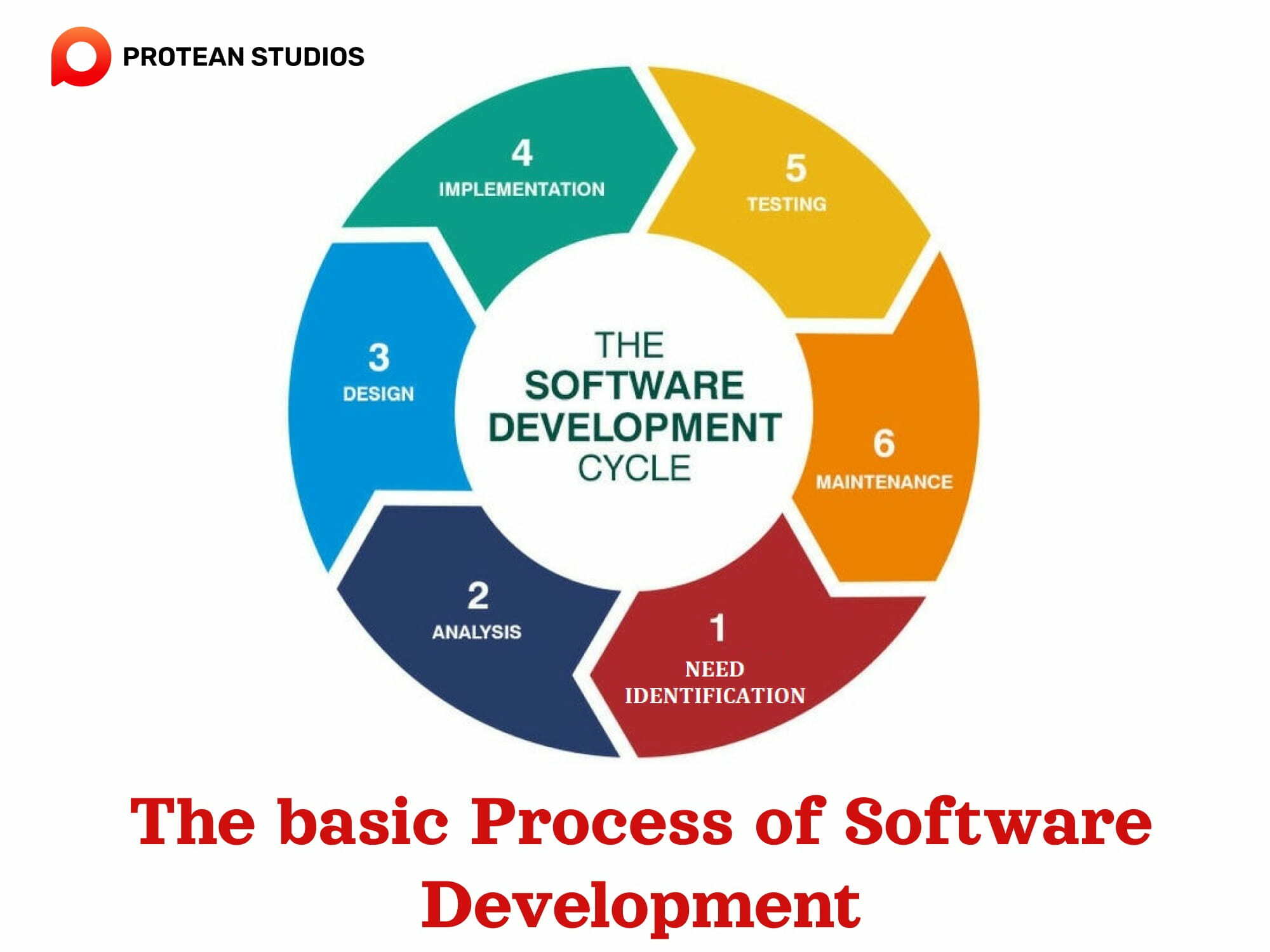
The needed analysis includes conducting interviews, surveys, and various research techniques to collect essential information. In this stage, the development team will gather and document the detailed requirements. Developers work with stakeholders to define what the software should do and how it should behave.
3. Design
The design stands as a pivotal stage within the software development process. Its role is to transfer user requirements into a software system that fulfills those needs. Design encompasses the selection of appropriate data structures, algorithms, and interfaces needed to bring the system to life.
It also requires making thoughtful trade-offs between factors like performance and memory usage. A well-executed design can enhance the quality and user-friendliness of a software system.
4. Development and Implementation
This is the stage where the software is actually coded and built according to the design specifications. The developers use various tools, languages, frameworks, and methodologies to install the software's functionality and features. The implementation also involves integrating different components and modules of the software.
5. Testing
Testing is a critical step to confirm that the software meets all specified requirements. The testing involves checking for errors, bugs, defects, and failures in the software's functionality and performance. It helps uncover errors or bugs within the software. So, the team can rectify them before the software enters the operation.
6. Deployment and Maintenance
The final stage delivers the software to the clients and users for installation and operation. And then, deploying the software in the target environment and ensuring that it works as expected. Maintenance involves providing support and updates to the software to fix any issues. It also enhances features that arise after deployment.
V. Wrapping up for the Software Development
In conclusion, we have delved into the multifaceted world of software development, exploring its definition, essential procedures, and various types. This is a dynamic field that drives innovation and empowers businesses and individuals to create digital solutions.
---------------------------------------------------------------------------------------------------------------------------------------------------------
If you are looking for a reliable software developer, Protean Studios is a great choice for you. We have an experienced team in software application development, web development, programming, etc. with a Bridge Software Engineer (BrSE) to deal with any difficulties of clients. PROS will consult and provide the best software solutions for you.



